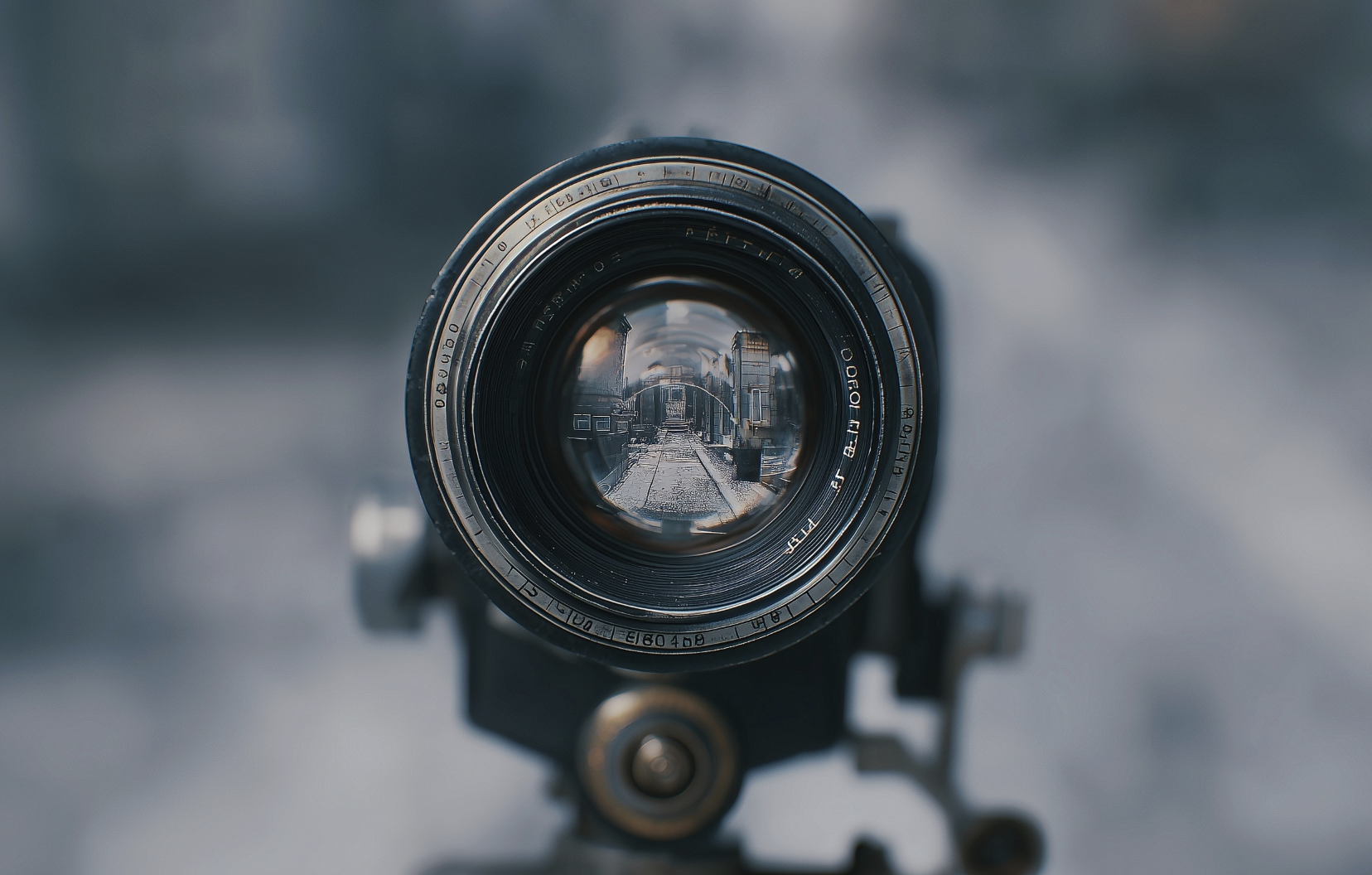Here’s a concise, actionable guide to fixing those annoying clicks and pops in DaVinci Resolve using built-in tools and best practices.
1. Find the Source of the Popping
Before you fix it, identify what's causing the pop:
- Abrupt audio cuts
- Mic clipping or peaking
- Low-resolution imports
- DC offset or exported noise artifacts
🎯 Tip: Open the audio in the Fairlight page, zoom in, and look for sharp spikes or sudden waveform jumps.
2. Add a Crossfade to Eliminate Pops Between Cuts
Most popping comes from hard cuts between audio clips with no transition.
✅ Fix:
- Open the Edit tab.
- Select the two clips with the audio cut.
- Right-click and choose Add Crossfade.
- Adjust the crossfade duration (even a 2–5 frame fade can do the trick).
📌 Pro Tip: Always crossfade voiceovers or dialogue tracks to maintain clean transitions.
3. Use Fairlight’s De-Clicker Effect for Built-In Pops
If the audio pop is in the actual recording, use the De-Clicker in the Fairlight page.
✅ Fix:
- Switch to the Fairlight tab.
- Select the audio track and click + Effects.
- Choose Noise Reduction > De-Clicker.
- Set Threshold and Sensitivity to remove the popping without dulling your audio.
📌 Pro Tip: Start with low settings to avoid degrading the clarity of vocals or ambient sounds.
If your audio issues go beyond clicks and pops, you can also clean your track using Resolve’s noise reduction tools, such as in this guide on how to remove background noise in DaVinci Resolve.
4. Automate Volume to Smooth Out Isolated Pops
For single, sharp pops, manually duck the audio:
✅ Fix:
- In the Fairlight page, enable Volume Automation.
- Add keyframes just before and after the pop.
- Reduce the gain at the pop’s peak by about 5–10 dB.
- Blend with short fades if needed.
📌 Pro Tip: This method is perfect for subtle fixes without needing audio replacement.
For roomier recordings or hollow dialogue, you can pair these fixes with techniques explained in how to remove echo in DaVinci Resolve for a cleaner, more professional sound.
5. Replace Bad Audio Segments When Necessary
If popping is unfixable, it's often better to replace or patch the audio:
- Use room tone or ambient fill to cover short gaps.
- Re-record lines using ADR if the voiceover is ruined.
- Use EQ and reverb to match new audio with your original mix.
📌 Pro Tip: Always record backup takes for dialogue-heavy projects to avoid re-recording entire scenes.
Bonus Tip: Avoid Pops in Final Export
Even after cleanup, exporting with the wrong audio settings can introduce new pops.
✅ Export Settings:
- Format: WAV
- Sample Rate: 48kHz
- Bit Depth: 24-bit
- Channels: Stereo
- Enable: Render at Maximum Quality
📌 Pro Tip: Avoid MP3 exports unless required. They can introduce subtle artifacts like pops or hissing.
✅ Conclusion: Clean Audio Is Pro-Level Editing
Audio popping can make even the best visuals feel amateur. With DaVinci Resolve, you have all the tools you need—from crossfades to real-time de-clickers—to clean up your timeline and deliver professional sound every time.
🚀 Want to master post-production sound and professional video editing inside DaVinci Resolve? Join the DaVinci Resolve Course by Miracamp and learn how to edit like a pro—audio, color, motion, and more.
FAQ Removing Audio Popping in DaVinci Resolve
What causes audio popping in DaVinci Resolve?
Audio popping in DaVinci Resolve is typically caused by hard audio cuts, mic clipping, imported low-quality files, or abrupt waveform changes. Pops may also occur during export if the audio settings are not optimized.
How do I fix audio pops between clips in DaVinci Resolve?
Use a short crossfade between clips. In the Edit tab, select the two clips, right-click, and choose Add Crossfade to smooth transitions and eliminate the pop.
Can I remove popping sounds using Fairlight in DaVinci Resolve?
Yes, in the Fairlight page, apply the De-Clicker effect from the Noise Reduction category. It targets and removes click and pop artifacts from audio tracks.
How do I use the De-Clicker effect in DaVinci Resolve?
In the Fairlight page, select the track, click + Effects, choose Noise Reduction > De-Clicker, then adjust Threshold and Sensitivity settings to reduce pops without affecting clarity.
What is the best way to fix isolated pops in dialogue?
Use Volume Automation in the Fairlight page to duck the volume at the pop's location. Add keyframes around the pop and lower the level by 5–10 dB.
Can audio popping occur during export in DaVinci Resolve?
Yes, incorrect export settings such as low sample rate or compressed audio formats can introduce popping. Use 48kHz, 24-bit WAV with maximum quality rendering.
How do I prevent audio popping when editing voiceovers?
Avoid sharp cuts, use crossfades between takes, and ensure recordings are free from clipping. Also, normalize volume levels before applying effects.
Is there a way to remove audio pops without plugins in DaVinci Resolve?
Yes, DaVinci Resolve has built-in tools like De-Clicker, crossfades, and automation in the Fairlight page—no third-party plugins are required.
How can I tell if a pop is from editing or recording?
Zoom into the waveform in Fairlight. If the pop is at a clip boundary, it's likely from editing. If it's mid-clip, it's likely from a poor recording or mic issue.
Can I fix audio popping in DaVinci Resolve Free?
Yes, all the tools mentioned—including crossfades, De-Clicker, and Fairlight automation—are available in the free version of DaVinci Resolve.
Should I re-record audio with popping issues?
If the pop cannot be cleaned with tools, it's best to re-record the section or use room tone and patching techniques to mask the issue naturally.
What export settings prevent audio artifacts in DaVinci Resolve?
Export in WAV format, 48kHz, 24-bit, and enable Render at Maximum Quality. Avoid MP3 and low-bitrate formats when possible.
Where can I learn to fix audio and edit professionally in DaVinci Resolve?
You can join the DaVinci Resolve Course by Miracamp to learn professional audio cleanup, video editing, and finishing techniques.






